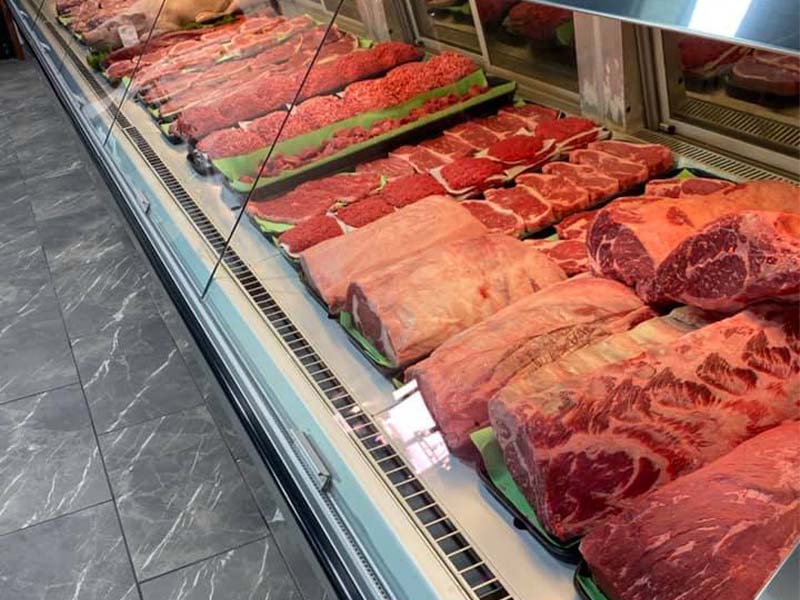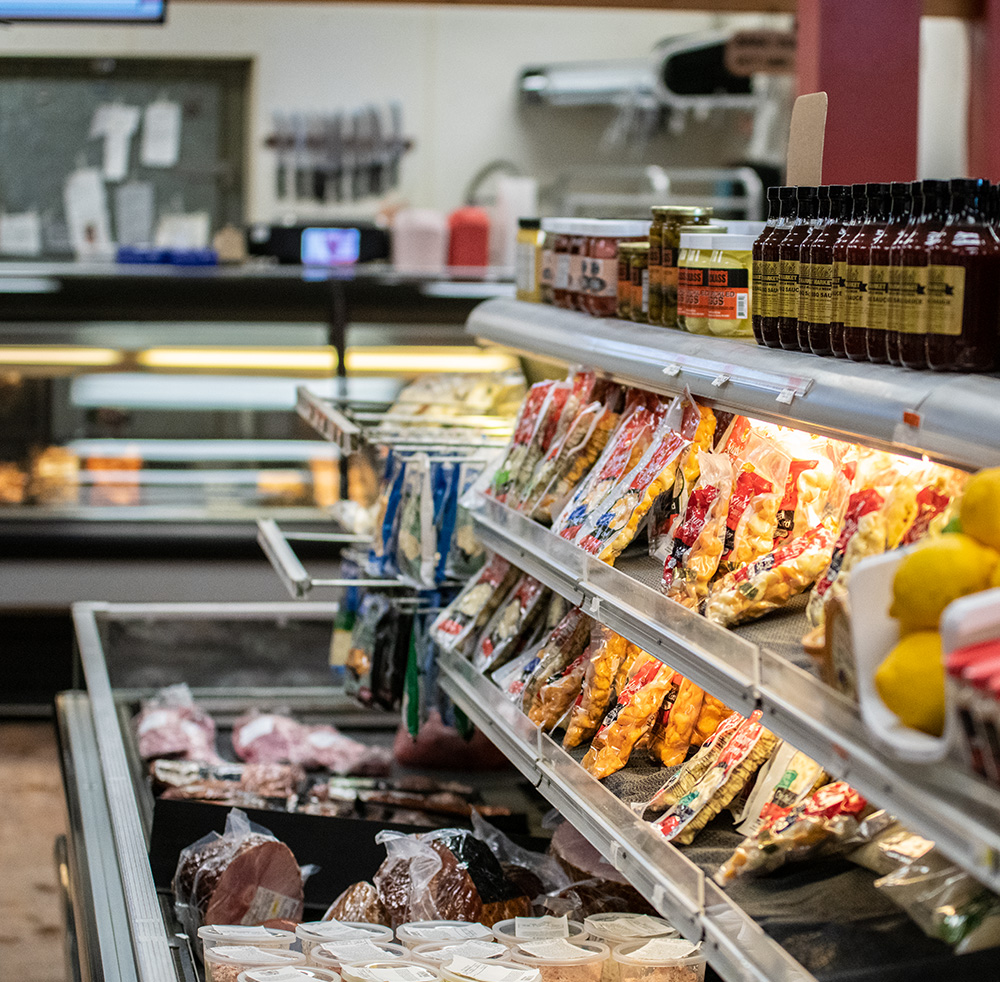Get the Best Bargains on Fresh Meat at Bagley Farms Meat Market Edwardsville IL
Get the Best Bargains on Fresh Meat at Bagley Farms Meat Market Edwardsville IL
Blog Article
Discover the Art of the Butcher's Cut in a Modern Meat Market
In the ever-evolving landscape of modern meat markets, the butcher's cut has transcended its traditional origins, merging olden craftsmanship with modern techniques. What really establishes the contemporary butcher apart is their capacity to create a much deeper connection in between consumers and the origins of their meat.
Advancement of Butchery Methods
The advancement of butchery methods mirrors a rich tapestry of advancement and adaptation driven by improvements in technology, modifications in customer demand, and a much deeper understanding of meat scientific research. Historically, butchery was a craft passed down with generations, with approaches developed over centuries to maximize yield and taste. However, the industrial change introduced mechanization, transforming standard practices and allowing massive handling.
The mid-20th century saw butchery strategies further refined by clinical understandings into muscle biology and meat aging, improving both inflammation and preference. Technologies like vacuum cleaner product packaging and refrigeration extended product shelf-life, allowing butchers to diversify offerings and improve quality assurance. This period likewise noted the increase of specific devices, such as band saws and meat slicers, which boosted accuracy and performance in meat handling.

The 21st century has actually introduced digital technology into the butchery world. Digital systems currently help in tracking animal provenance and optimizing cuts to fulfill details client preferences. Additionally, a resurgence in artisanal butchery has emerged, blending typical abilities with modern understanding to cater to consumers looking for ethical and lasting meat alternatives. This development underscores a vibrant interplay in between practice and advancement, meeting contemporary demands while protecting the craft's heritage.
Understanding Meat Cuts
Understanding the ins and outs of meat cuts is essential for both butchers and consumers looking for top quality and value. For butchers, accurate cuts mirror skill and respect for the craft, making sure marginal waste and optimal yield.

Understanding muscular tissue composition is important; muscles utilized a lot more frequently by the animal tend to be tougher and are best fit for slow food preparation methods, while less-used muscular tissues, like those discovered in the loin, are much more tender and perfect for barbecuing or roasting. Familiarity with these differences empowers customers to make informed selections, improving their cooking ventures.
Picking High Quality Meat
Picking the ideal meat involves even more than simply choosing a visually attractive item from the screen. bagley farms meat market edwardsville il. The art of picking high quality meat calls for a discerning eye and expertise of specific qualities that signify quality and quality. Pay interest to the shade; beef should have a brilliant, cherry-red tone, while lamb ought to display a soft pink tone, and pork a light pink. This indicates the meat is fresh and hasn't been subjected to oxygen for also lengthy.
Secondly, consider the marbling, which refers to the Recommended Site white flecks of fat within the muscle mass. Correct marbling is a key indicator of tenderness and flavor, as it melts during cooking, enhancing the meat's juiciness. Remember, higher marbling typically associates with exceptional top quality cuts, such as USDA Prime.
Structure is one more vital aspect; meat must really feel solid to the touch, not slimy or excessively soft. Furthermore, bear in mind the fragrance. Fresh meat ought to have a clean, neutral smell, without any sour or off-putting smells.
Coupling Cuts With Food Preparation Techniques

Alternatively, harder cuts like brisket and chuck roast are rich in collagen, which breaks down into gelatin when prepared gradually. These cuts are excellent for braising or slow roasting, allowing the meat to tenderize gradually and establish deep, intricate tastes. In a similar way, cuts such as brief ribs and pork shoulder prosper with slow-cooking methods, where extended cooking times transform their robust structures into succulent meals.
Lamb shanks and oxtail, which call for long term food preparation to soften, are excellent prospects for cooking or slow simmering. These methods coax out abundant, passionate tastes while keeping dampness. By recognizing the one-of-a-kind characteristics of each cut, chefs and home cooks alike can elevate their culinary developments, making sure each meal is both satisfying and unforgettable.
The Butcher's Role Today
Navigating the progressing landscape of the modern meat market, the butcher's duty today prolongs past mere prep work of cuts. Contemporary butchers are cooking artisans, teachers, and supporters for sustainable methods.
In addition to crafting accurate cuts, butchers currently engage directly with Get More Information consumers, offering cooking guidance and customizing selections to fit specific demands and preferences. Their proficiency in meat aging, marbling, and flavor accounts encourages consumers to make educated choices, boosting their culinary experiences. This customized solution exhibits the butcher's advancing role as a trusted consultant in the cooking area.
Moreover, butchers are our website pivotal in lessening waste, making use of entire pets to develop diverse products such as sausages and stocks. This extensive method not just values the animal but additionally aligns with modern sustainability objectives. In this means, the modern butcher personifies both practice and innovation, adapting to an ever-changing market while preserving the creativity and stability of their craft.
Final Thought
Mastery in recognizing varied meat cuts and quality indications equips butchers to offer informed referrals, lining up specific cuts with optimum cooking methods. By recognizing historical techniques while accepting modern demands, the butcher's role stays important in today's innovative meat market.
Report this page